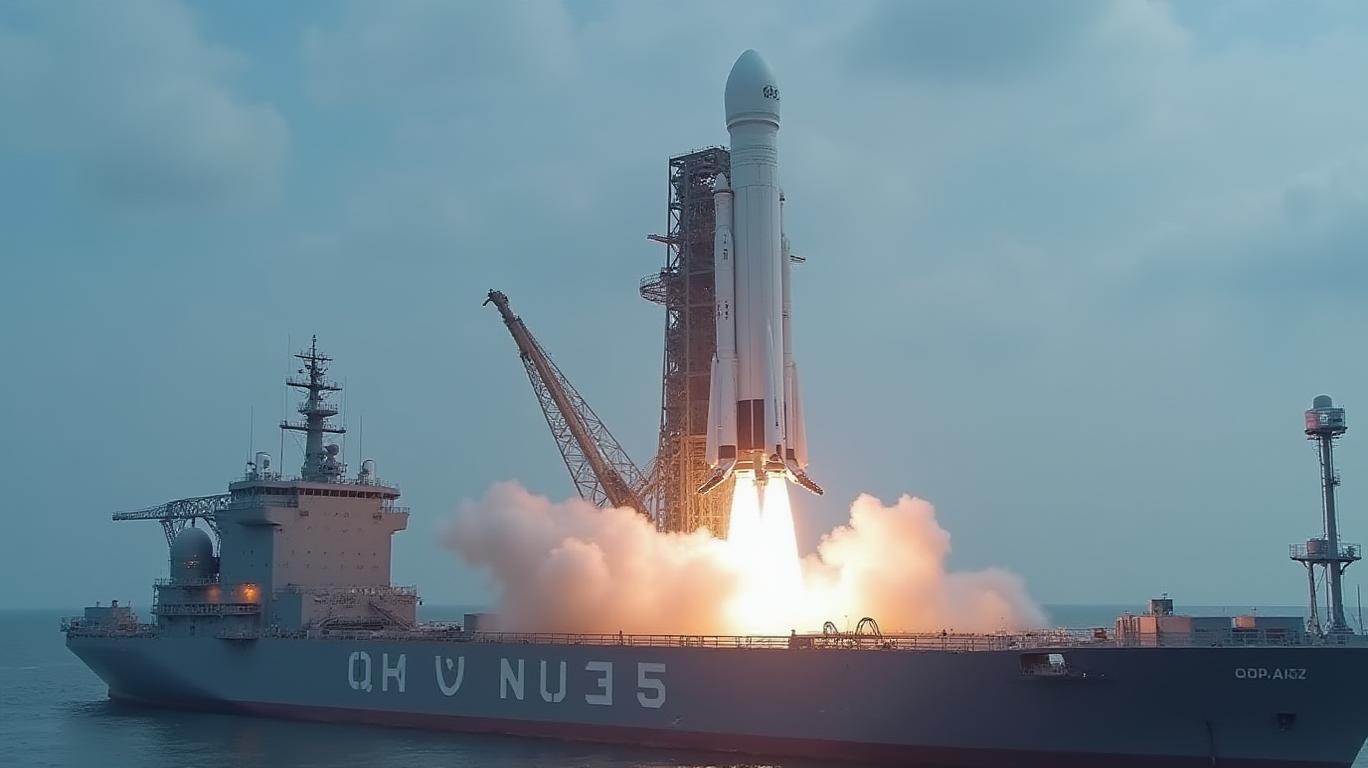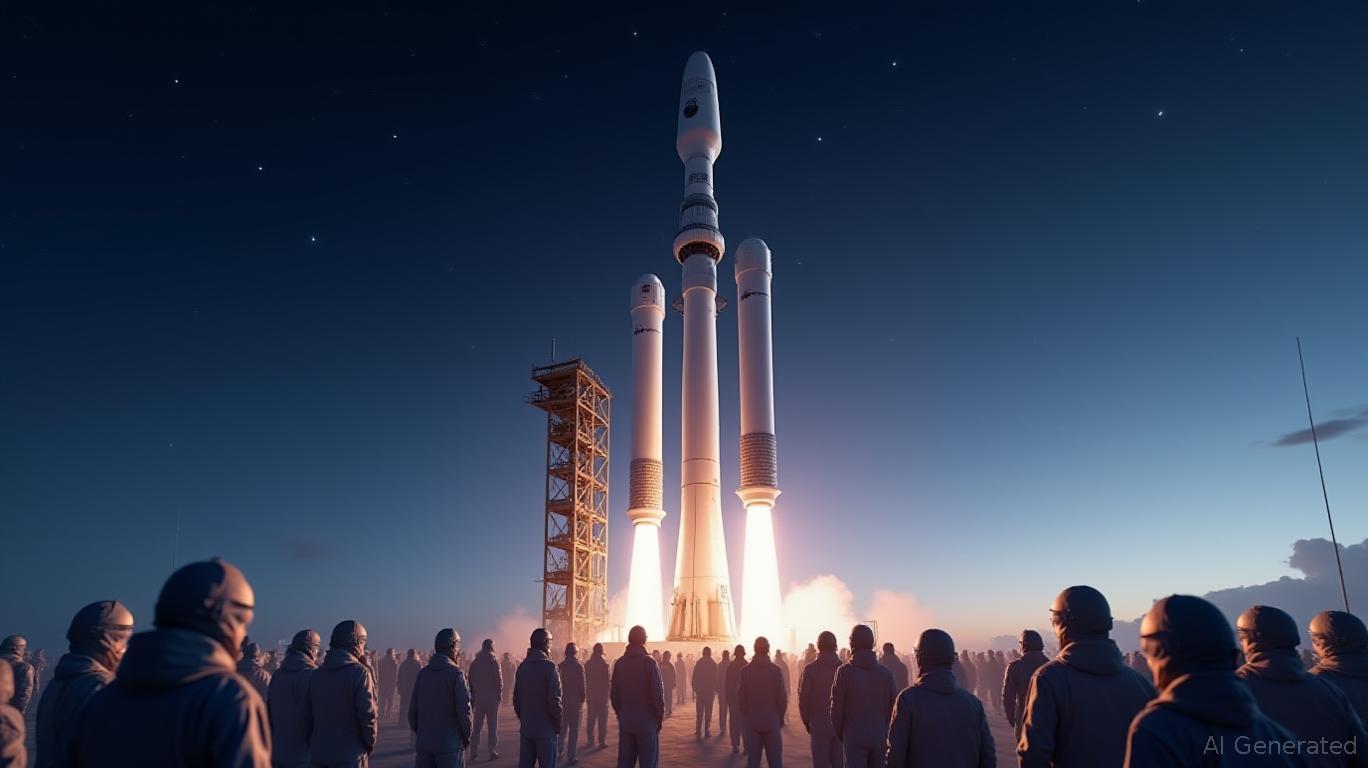Rocket Race to the Stars: SpaceX and Amazon’s Satellite Internet Showdown
The skies over California and Florida buzzed this week as SpaceX and Amazon launched competing missions to dominate the future of global internet connectivity. As rockets streaked into orbit, investors are left to ponder: Is this the dawn of a new space economy, or a costly race to nowhere?

The SpaceX Starlink Launch: A Routine Mission with Unroutine Implications
On May 3, SpaceX executed its 94th Starlink mission, deploying 26 satellites to Low Earth Orbit (LEO). While routine for the company, this launch marked a milestone: the Federal Aviation Administration (FAA) recently approved doubling Falcon 9 launches at Vandenberg Space Force Base, raising annual limits from 36 to 50.
Ask Aime: What does the SpaceX Starlink launch mean for the future of global internet connectivity?
“This isn’t just about satellites—it’s about infrastructure,” said aerospace analyst Dr. Elena Torres. “Starlink’s 6,000-strong constellation already provides broadband to over 2 million users. With this pace, SpaceX could triple its coverage in two years.”
Ask Aime: Will SpaceX's Starlink Launch Accelerate Market Growth?
Amazon’s Kuiper Gambit: A High-Stakes Entry into the Race
One week earlier, Amazon’s Project Kuiper made its operational debut with a 27-satellite launch aboard a United Launch Alliance Atlas V rocket. The mission underscored Amazon’s ambition to rival Starlink, leveraging satellites with anti-light-pollution coatings to address astronomer concerns.
“The tech upgrades are a signal of seriousness,” noted Bloomberg columnist Tim Fernholz. “Amazon isn’t just playing catch-up—it’s betting on customer preference for quality over speed.” The company plans a 3,236-satellite constellation, aiming to service remote regions underserved by fiber networks.
Investor Takeaways: Risk, Reward, and Regulatory Crosscurrents
The twin launches highlight both opportunities and pitfalls for investors. On one hand, the satellite internet market is projected to grow from $12 billion in 2023 to $45 billion by 2030—a figure that could skyrocket if terrestrial broadband struggles to keep pace with demand.
*Note: SpaceX is private, but its parent company Tesla is publicly traded.
Yet risks loom large. Regulatory hurdles remain: the FAA’s launch rate approval for SpaceX is contingent on environmental reviews, while astronomers continue to push for stricter satellite brightness standards. Additionally, the capital intensity of these projects is staggering. Starlink alone has cost SpaceX over $10 billion, and Amazon’s Kuiper is projected to exceed $10 billion.
Conclusion: A New Space Economy, but Proceed with Caution
The rocket race of 2025 signals a turning point. For investors, the sector offers two paths:
1. Direct Plays: Back companies like SpaceX (indirectly via Tesla) or Amazon, betting on their ability to monetize orbital real estate.
2. Support Industries: Aerospace manufacturers and satellite component suppliers could see steady demand as constellations expand.
However, success hinges on scalability and regulation. As Dr. Torres warns, “The first to market wins, but the last to burn through cash survives.” Investors should prioritize firms with diversified revenue streams and agile business models—lest they find themselves orbiting a black hole of debt.
The skies may be crowded, but the stars still belong to those who dare—and calculate wisely.
Data notes: Satellite internet market projections sourced from Northern Sky Research. Aerospace stock performance data as of May 4, 2025.

_b905d9341749265671656.jpg)








